Cats, with their varied temperaments and stunning aesthetics, have fascinated humans for centuries. Whether they’re displaying independent charm or showering their owners with affection, cats are cherished members of households worldwide – an estimated 46.5 million households in the US own at least one. However, some cat enthusiasts are willing to invest significantly in certain breeds due to their unique personalities, rare appearances, or historical pedigrees.
Why are some cat breeds so expensive? Breeders incur many costs to remain in operation, including registration fees for new pure-bred kittens and annual dues. Additionally, cat breeding often aims to advance a particular breed, producing high-quality offspring that expand the breed’s lineage. In fact, the very first cat show was held at St. Giles Fair in Winchester, the UK in 1598 – almost half a millennia ago!
14 most expensive cats in the world
These are the 15 most expensive cat breeds that have attracted the attention of cat lovers worldwide [1][2]:
14. Scottish Fold ($500-$2,000): This breed is recognized by its unique folded ears that bend towards the front of its head, a feature that makes it look somewhat like a teddy bear. Scottish Folds are affectionate, docile, and form strong bonds with their owners.

13. American Curl ($800-$2,000): This breed originated from a genetic mutation that results in ears that curl back towards the skull. Their silky coats can come in various colors and require little maintenance, complementing their playful and laid-back personalities.

12. British Shorthair ($800-$2,300): Known for their dense coats and placid temperaments, British Shorthairs are perfect for families with pets and children. Their coats can come in various colors, including a unique shade of blue.
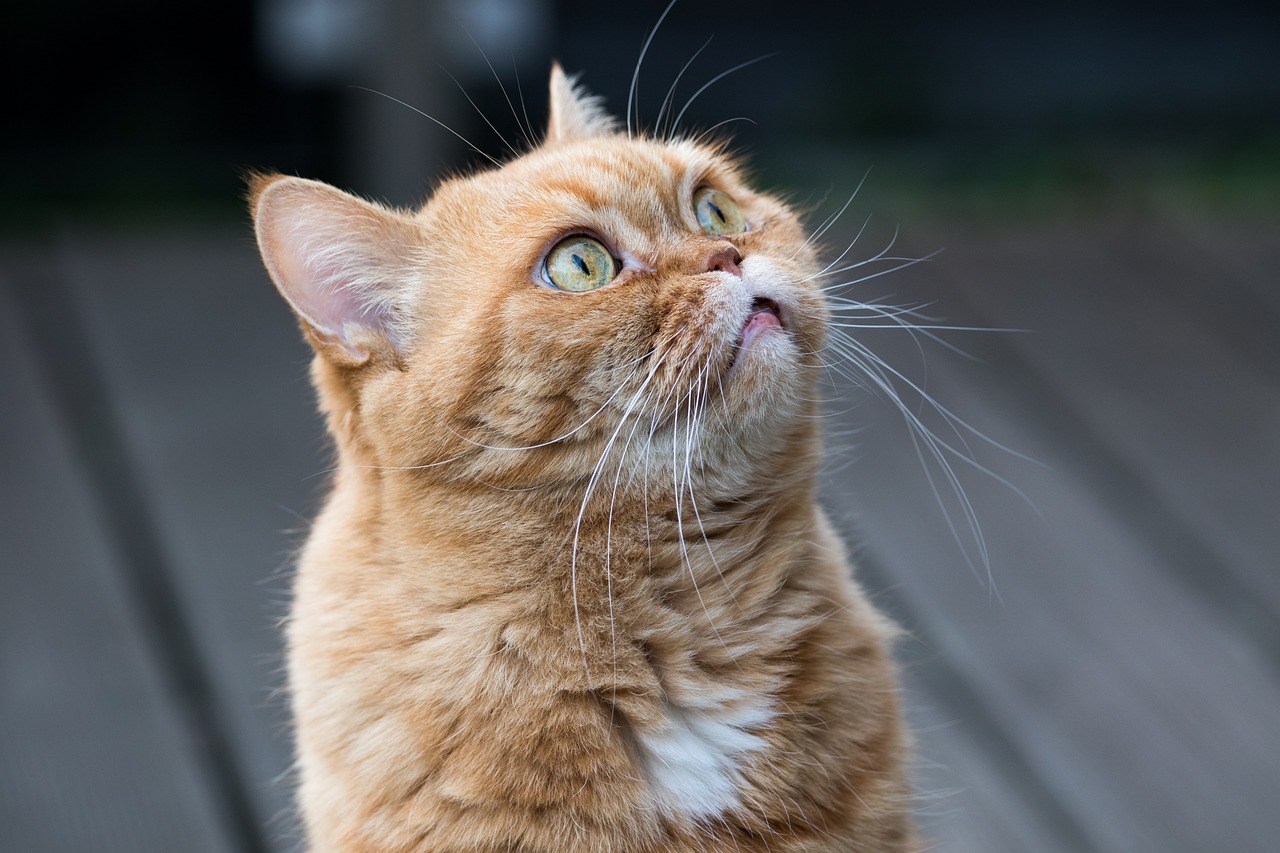
11. Russian Blue ($300-$3,000): Famous for their dense, blue-grey fur and bright eyes, Russian Blues are intelligent, friendly, and enjoy routines.
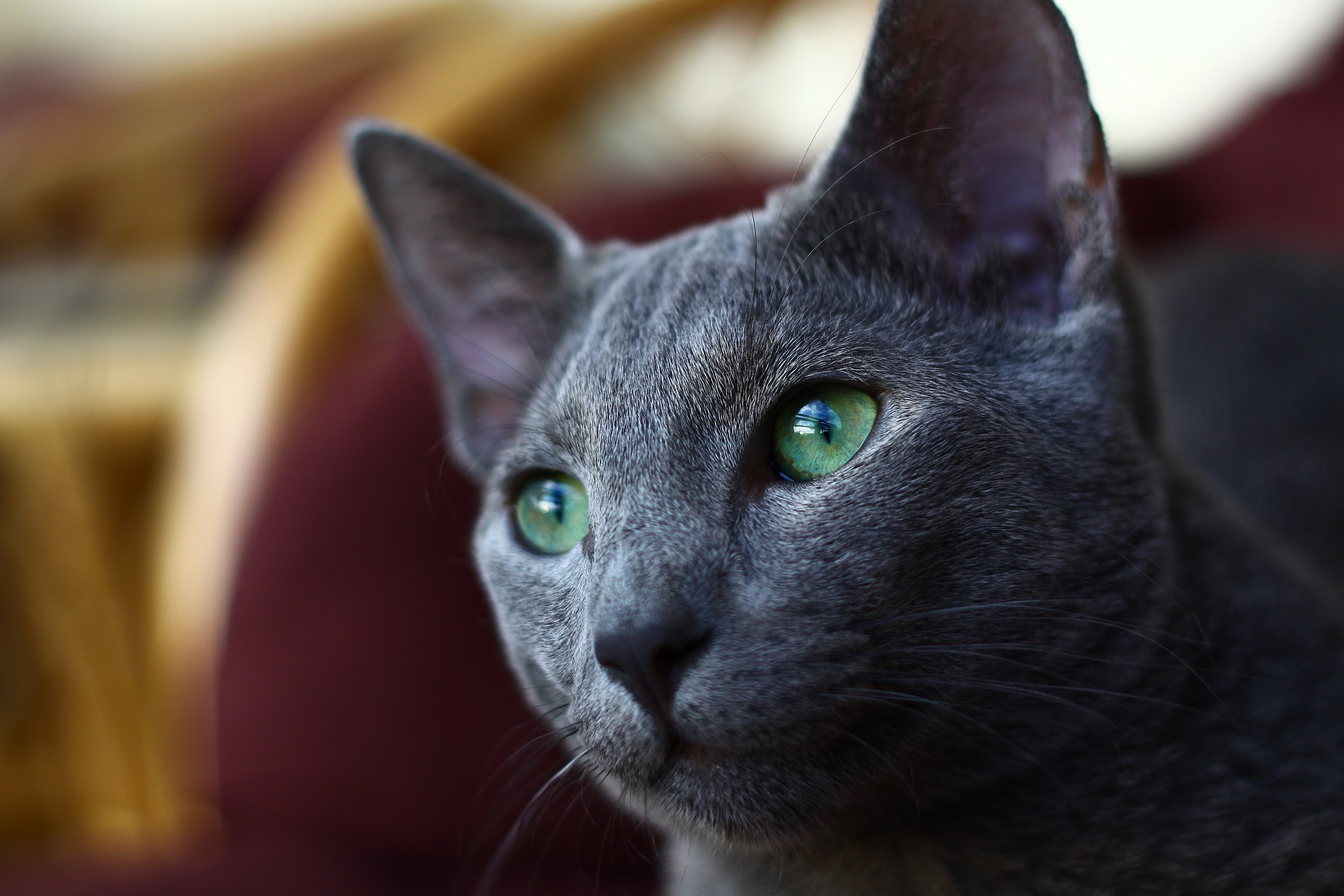
10. Maine Coon ($400-$4,000): As the largest domestic cat breed, Maine Coons are affectionate, social, and are known as the “gentle giants” of the cat world.
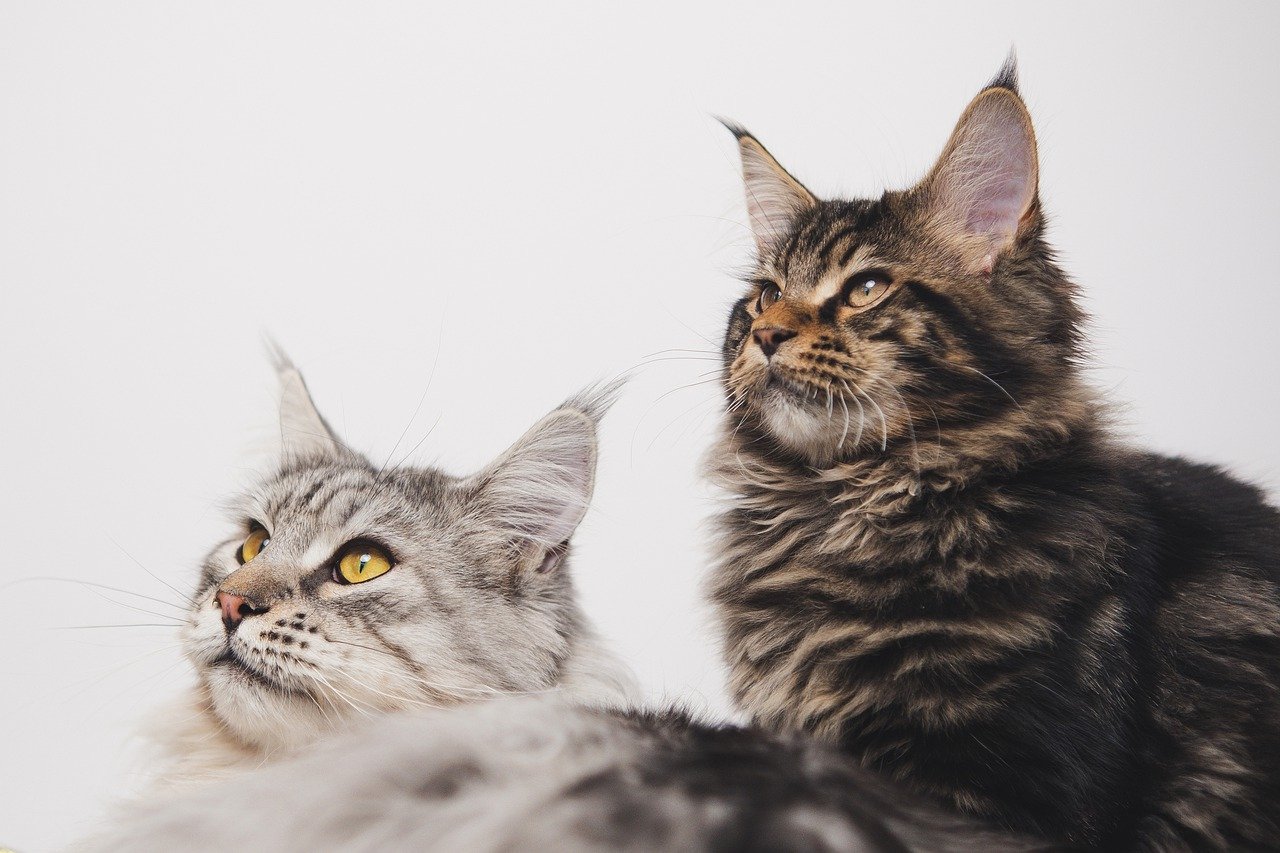
9. Siberian ($700-$4,000): This large and friendly breed. About half are somewhat hypoallergenic despite their thick double coat, which may be a boon for cat lovers with allergies – their Ch1 and Ch2 genes mutated to produce less Fel d1 than normal cats (the allergen most humans react to).
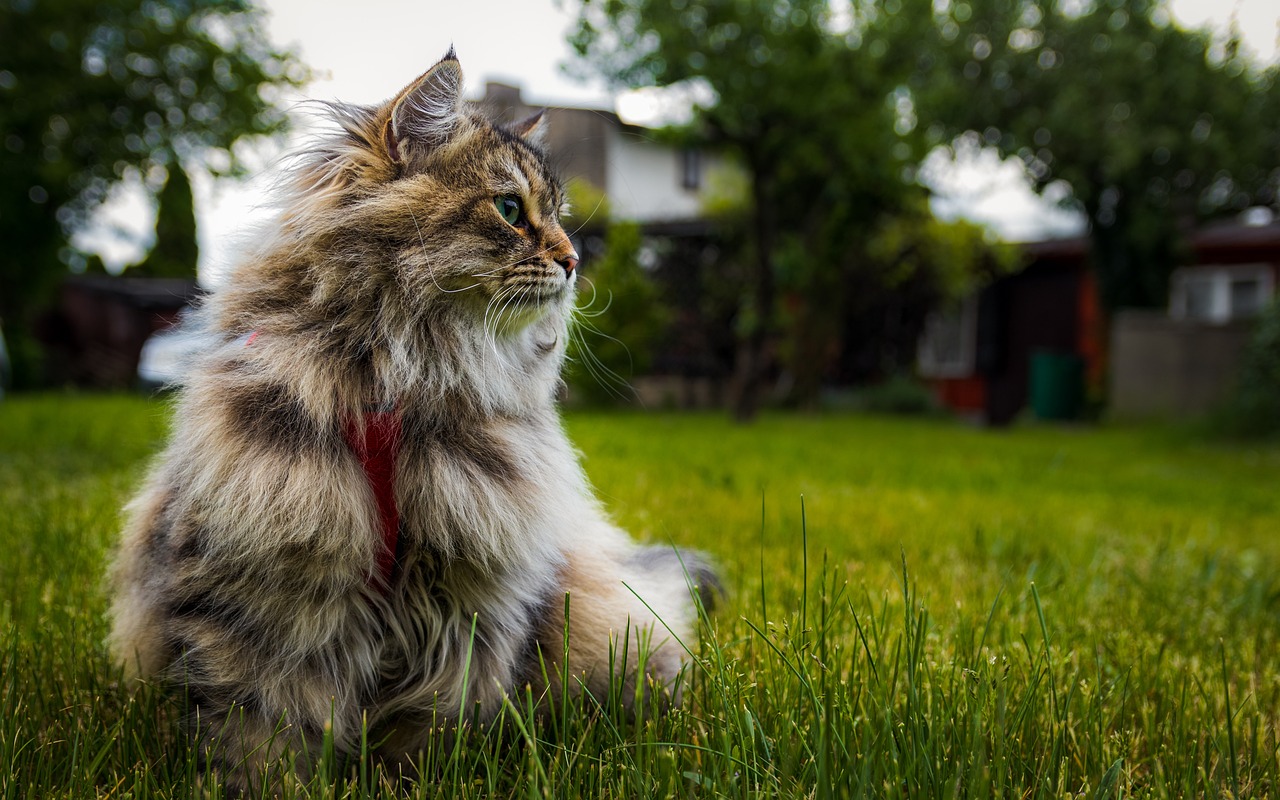
8. Ragdoll ($800-$5,000): Known for their gentle temperament and large, muscular bodies, Ragdolls have a soft, silky fur and striking blue eyes.
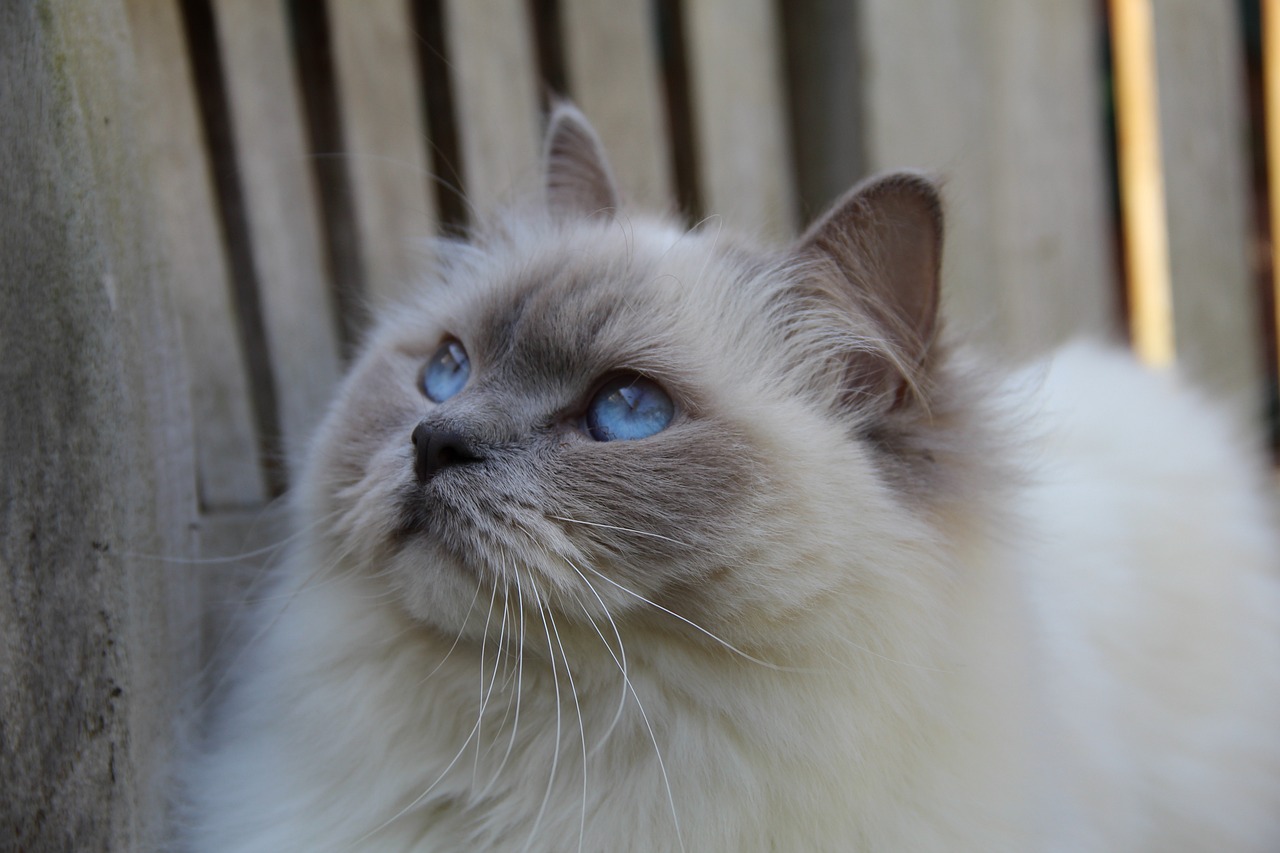
7. Peterbald ($1,700-$5,000): This Russian breed can have a range of coat textures, from completely bald to soft fuzz. Peterbalds are sociable, loving, and low-maintenance cats.
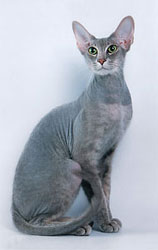
6. Toyger ($3,000-$5,500): Toygers are domestic shorthair tabbies bred to resemble tigers. They are friendly, curious, and relatively easy to manage.
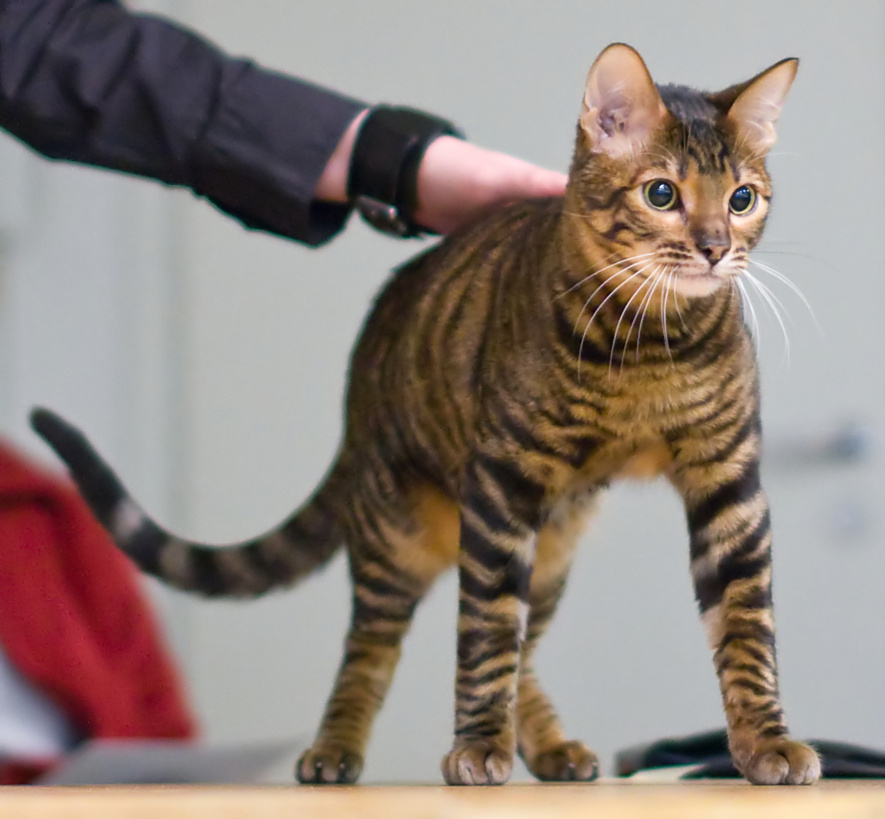
5. Persian ($1,500-$6,000): Persians are well-known for their fluffy fur, flat faces, and playful personalities. They’re as comfortable lounging around as they are being playful.
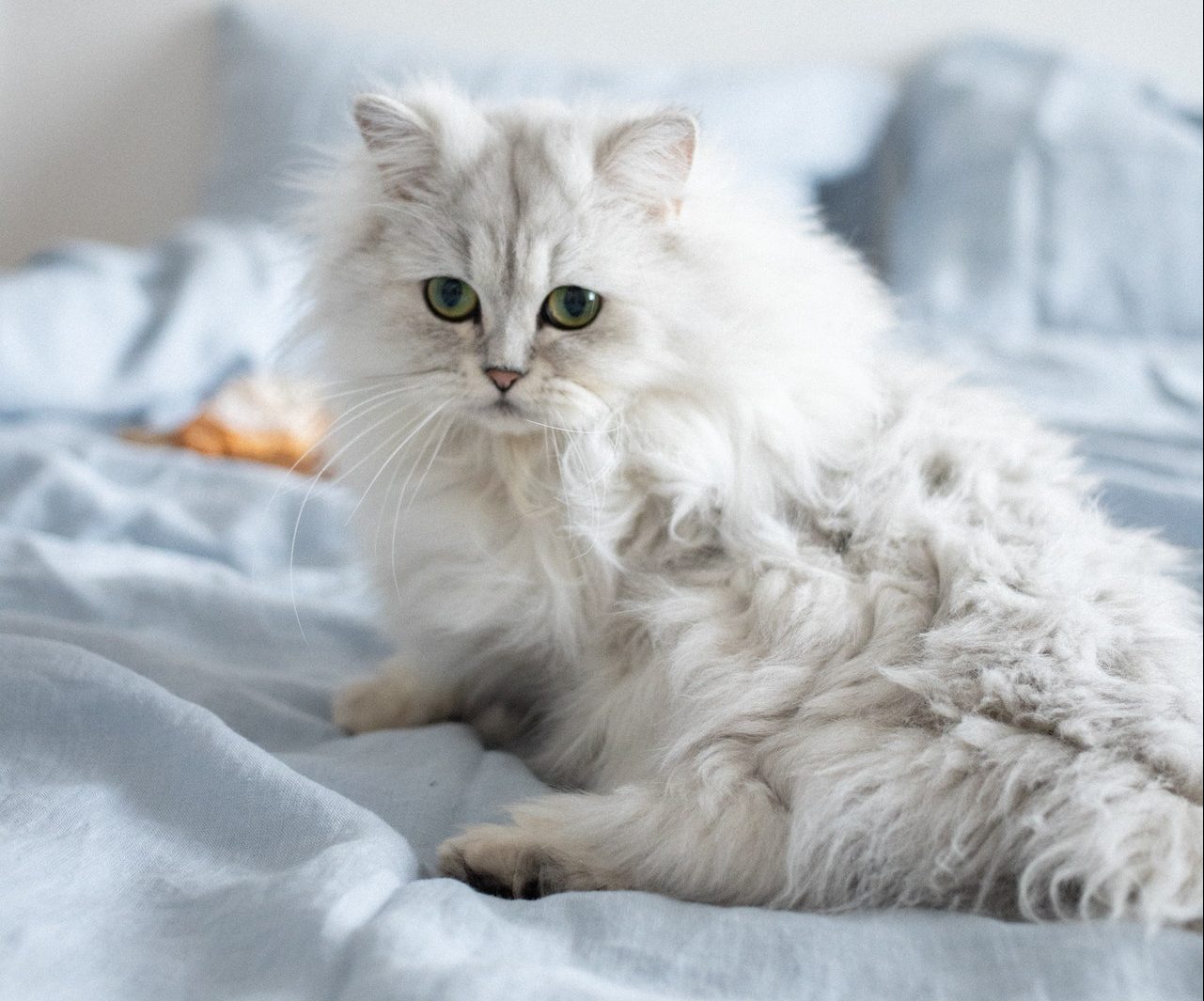
4. Sphynx ($900-$9,800): The hairless Sphynx is an unforgettable sight with its large eyes and ears. Despite their lack of hair, they’re known for their affectionate and playful nature.
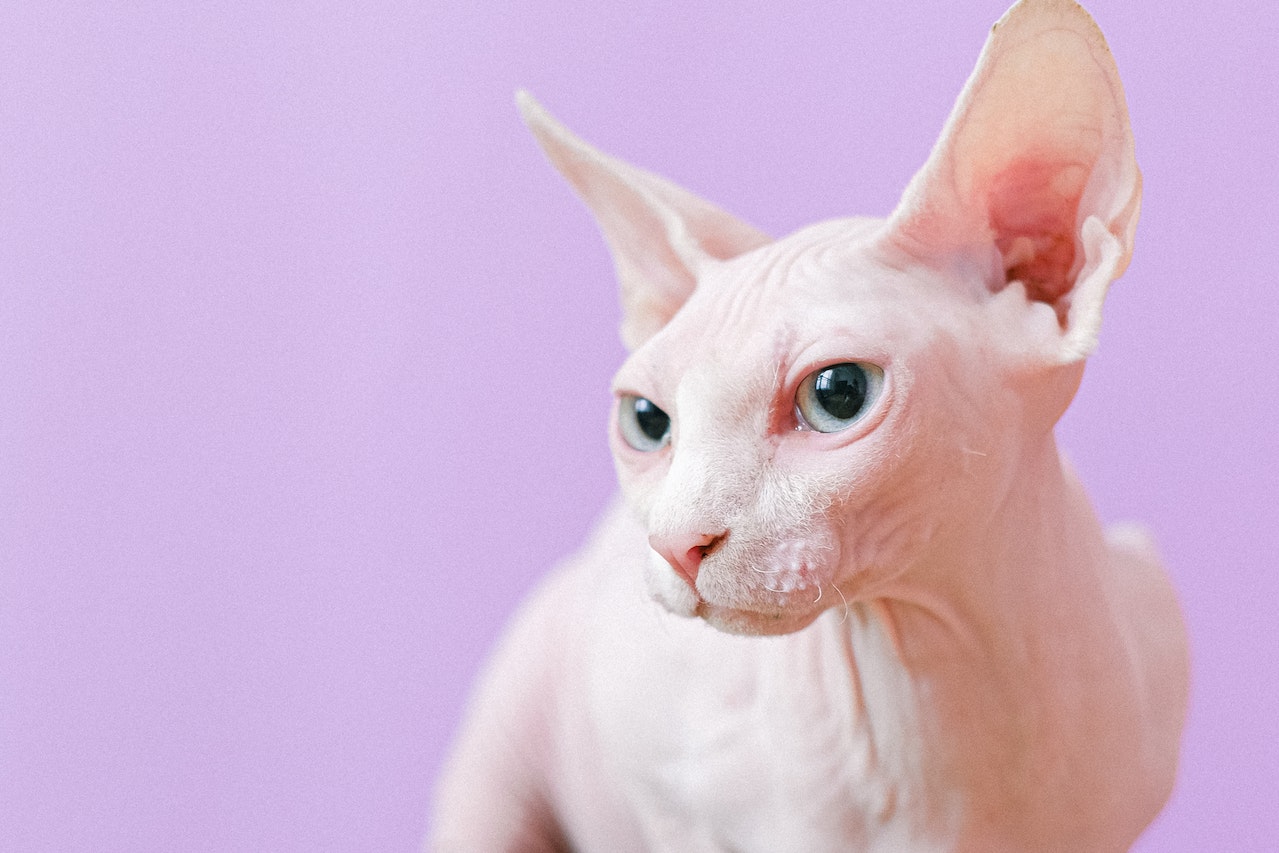
3. Khao Manee ($7,000-$11,000): Originating from Thailand, Khao Manees are often all-white with bright eyes. They’re outgoing, playful, and fiercely loyal to their humans.
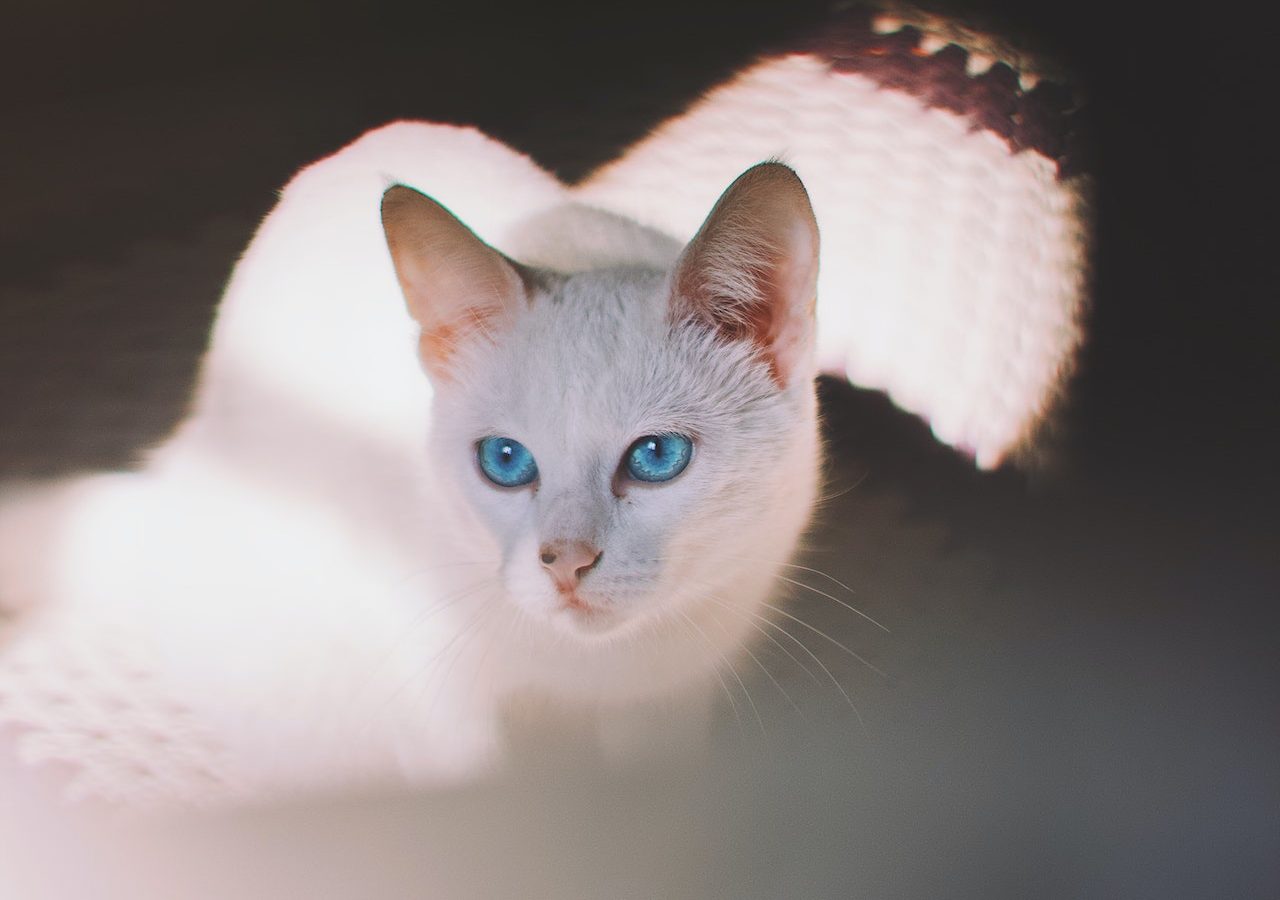
2. Bengal ($4,000–$15,000): A hybrid of the Egyptian Mau and the Asian leopard cat, Bengals are fearless, intelligent, and fond of water.

1. Savannah ($6,000–$20,000): The Savannah cat is a striking, exotic breed that is known for its large size, spotted coat, and playful, adventurous nature. They are a hybrid breed created by crossing a domestic cat with a serval, a wild African cat. The result is a very distinctive and unique breed. Due to their wild lineage, Savannah cats are not suitable for every household.
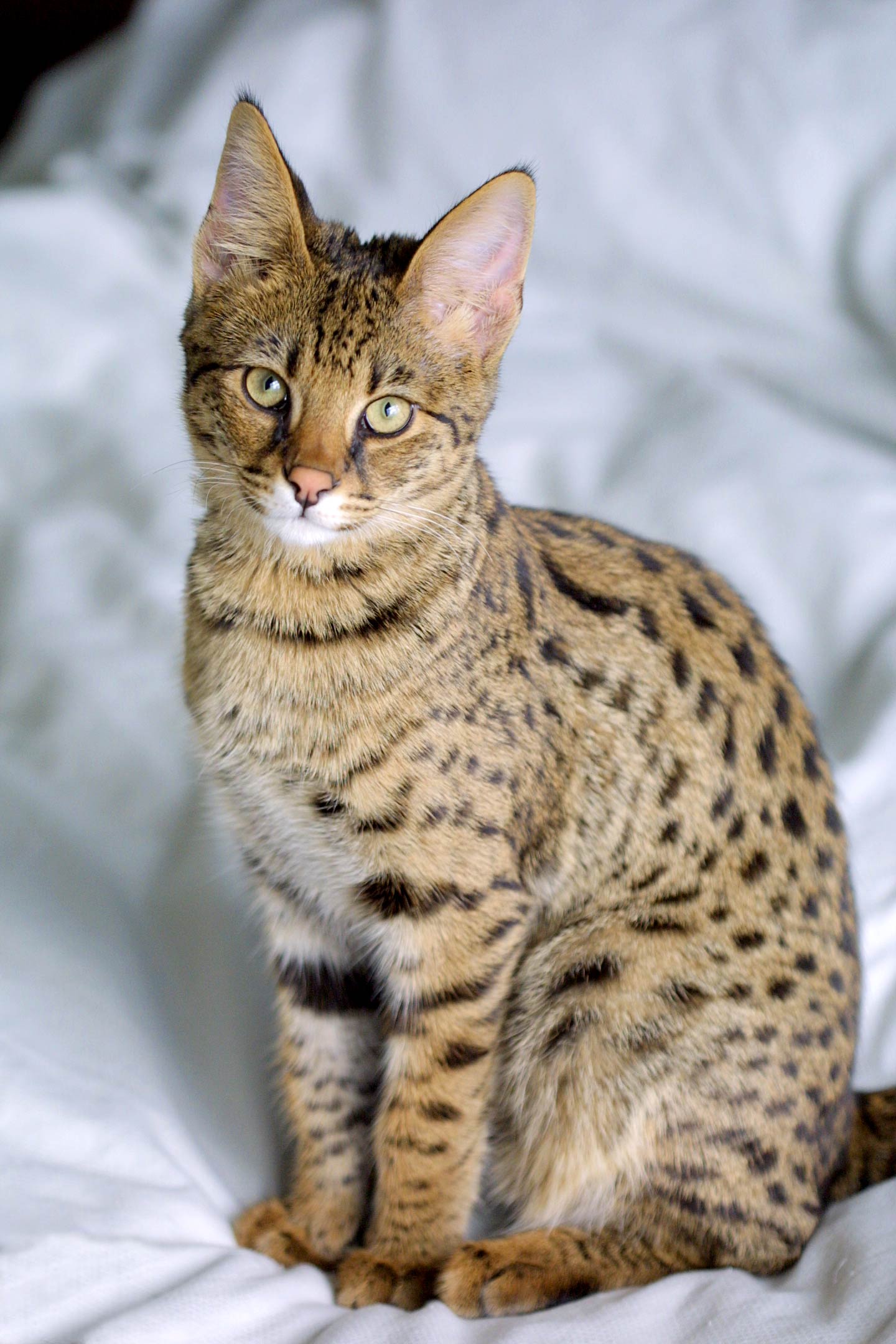
Cats, long adored for their independence, playful demeanor, and undeniable charm, have a special place in our homes and hearts.
For some, the allure goes beyond the traditional feline characteristics to the charisma of specific breeds, with their unique looks and distinct personalities. This fascination often comes with a hefty price tag, as certain pedigreed breeds command staggering sums.
Why are some cat breeds so expensive?
Rarity: Simply put, the rarer a breed, the more expensive it tends to be. Breeders often charge more for breeds that are difficult to find or breeds that are recently established and not yet widespread. The Ashera and Savannah cats, for example, are rare and highly sought after, pushing up their prices.
Breeding Costs: Breeding cats isn’t as straightforward as one might think. Some breeds, like the Persian or Maine Coon, may require selective breeding over many generations to maintain specific breed standards or to enhance desirable traits. Furthermore, breeding cats of any kind requires a significant investment in time, money, and resources. These costs include everything from health testing and veterinary care to proper nutrition and housing.
Parentage and Pedigree: Cats from a long line of champions or distinguished ancestors often cost more. A documented pedigree from a respected breed registry can increase a cat’s price significantly.
Maintenance and Care: Some breeds require more care than others. For instance, Persian cats need regular grooming due to their long hair, and some pedigreed cats have specific dietary requirements. The cost of providing this care is often factored into the selling price.
Demand and Supply: Some breeds are simply more popular than others, and if demand exceeds supply, breeders may increase prices. This economic principle applies to many goods, including pets.
Unique Features: Cats with distinctive features—like the hairless Sphynx or the Scottish Fold with its unique folded ears—often come with higher price tags. These unique characteristics differentiate them from other breeds and make them more desirable to some buyers.
Breeding Ethics and Welfare: Reputable breeders invest in the health and welfare of their cats, including quality food, vaccinations, early socialization, and veterinary care. These factors all add to the cost of breeding and, in turn, the price of the cat.
References:
[1] – “15 most expensive cat breeds” – A-Z Animals
[2] – “The 12 Most Expensive Cat Breeds Money Can Buy” – by Lisa Marie Conklin – Reader’s Digest

